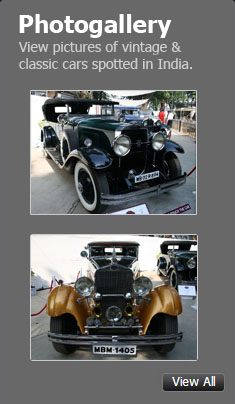News
List of more than 50 cars that did not do well in the Indian market
Tata Hexa, Toyota Yaris, Maruti Zen Classic, Ford Fusion - there have been several cars which failed to capture the attention & wallets of Indian consumers.
BHPian MotorDev recently shared this with other enthusiasts.
Introduction

In our country where factors like fuel efficiency, affordability, and reliability dominate the automotive market, several cars have failed to capture the attention and wallets of Indian consumers. Let’s take a closer look at some of these automobiles that failed to gain popularity in India despite their global appeal.
Tata Nano
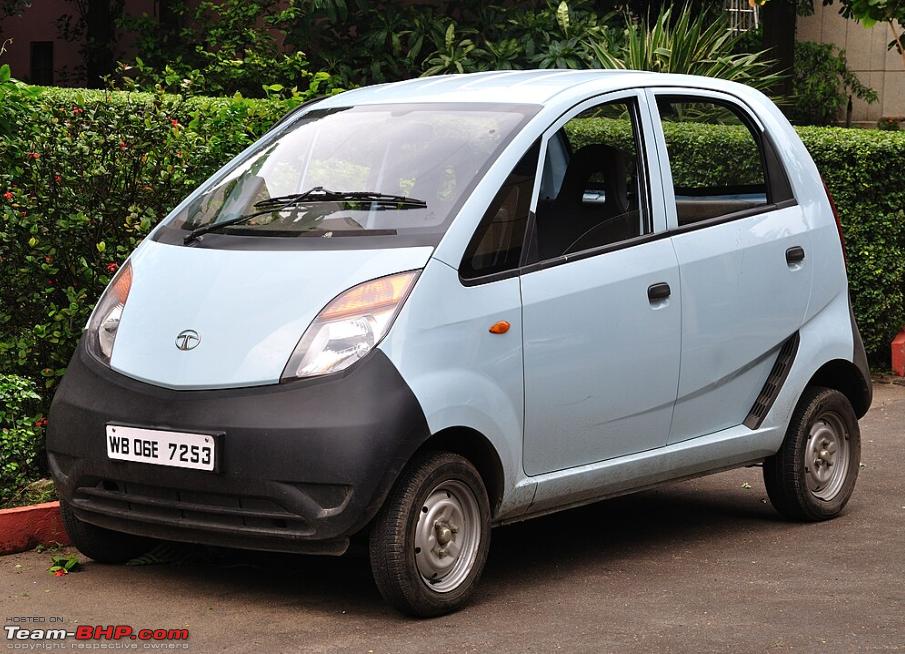
Tata Nano was a small car dreamed up by Ratan Tata to provide a safe and affordable option for middle-class families and those who used bikes as their main mode of transport. At first, people liked the idea, but it didn't do well in the end. One big reason was how it was marketed - not as an affordable car, but as the cheapest one. This made people think it was low-quality, which didn't go well with Indian customers.
Nissan Evalia

Nissan Evalia was one of the few compact MPVs that provided ample space. It was practical, but it didn’t appeal to Indian buyers. The boxy design wasn’t attractive, the interiors lacked a family car’s finesse, and it was more expensive than competitors like Maruti Suzuki Ertiga and Renault Lodgy.
Tata Safari Petrol

The Tata Safari petrol version faced challenges primarily due to its fuel efficiency and market competition. In a price-sensitive market like India, fuel economy is a critical factor for consumers. The petrol variant of the Tata Safari didn’t offer impressive mileage figures, which significantly impacted its appeal, especially when compared to its diesel counterparts and competitors in the SUV segment.
Renault Captur

Among Renault's disappointments in India, the Captur stood out as the most significant failure. Renault aimed to build on the success of the Duster by offering a more upscale experience with the Captur, equipped with a stylish design and reliable engine options. Despite its appealing features, the Captur's crossover design failed to attract customers. Moreover, the overwhelming popularity of the Hyundai Creta further overshadowed the Captur, causing it to fade in the Indian car market.
Opel Vectra

Opel's Vectra launch in India was a hopeful move, aiming for the premium D-segment sedan market. Priced at Rs 16.75 lakh, it was costly for its time, positioned above Opel's other premium models. The Vectra came with a powerful 2.2-litre 146 bhp petrol engine but had poor fuel efficiency. Despite its features, it suffered from reliability issues and high maintenance costs, making it less appealing to buyers.
Ford Fusion
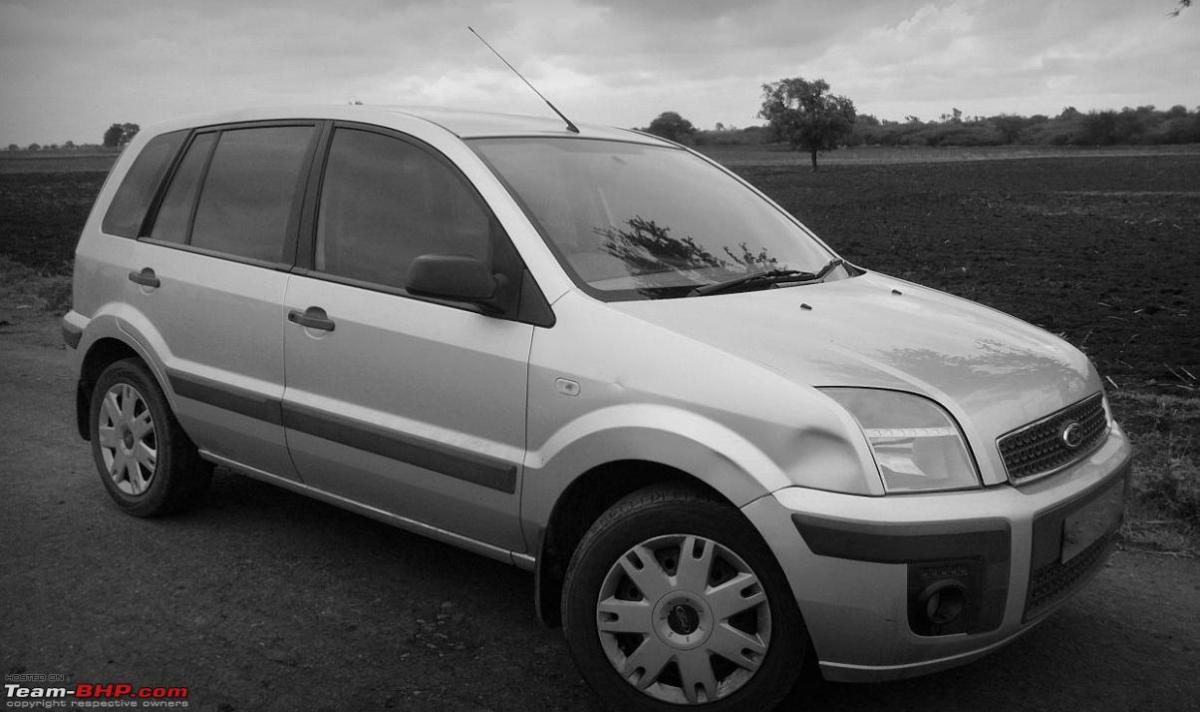
Ford tried to be ahead of the trend by introducing the Fusion, a compact crossover blending a hatchback and an SUV. However, its boxy design and upright stance were new to India, and people didn't like it much. Additionally, Ford's maintenance and fuel economy weren't great back then, which made the Fusion unpopular. It had a 1.6-litre 105 PS petrol engine and a 1.4-litre 68 PS diesel engine during its short time in the market.
Chevrolet SR-V

Even Chevrolet fans couldn't ignore the failure of the SR-V, the biggest disappointment from the American car brand in India. The SR-V was essentially a shorter version of the Optra sedan, having the same engine and interior. However, Indians weren't willing to pay a high price for a hatchback back then, and the SR-V was relatively expensive, leading to its lack of popularity in the market.
Mahindra Nuvosport
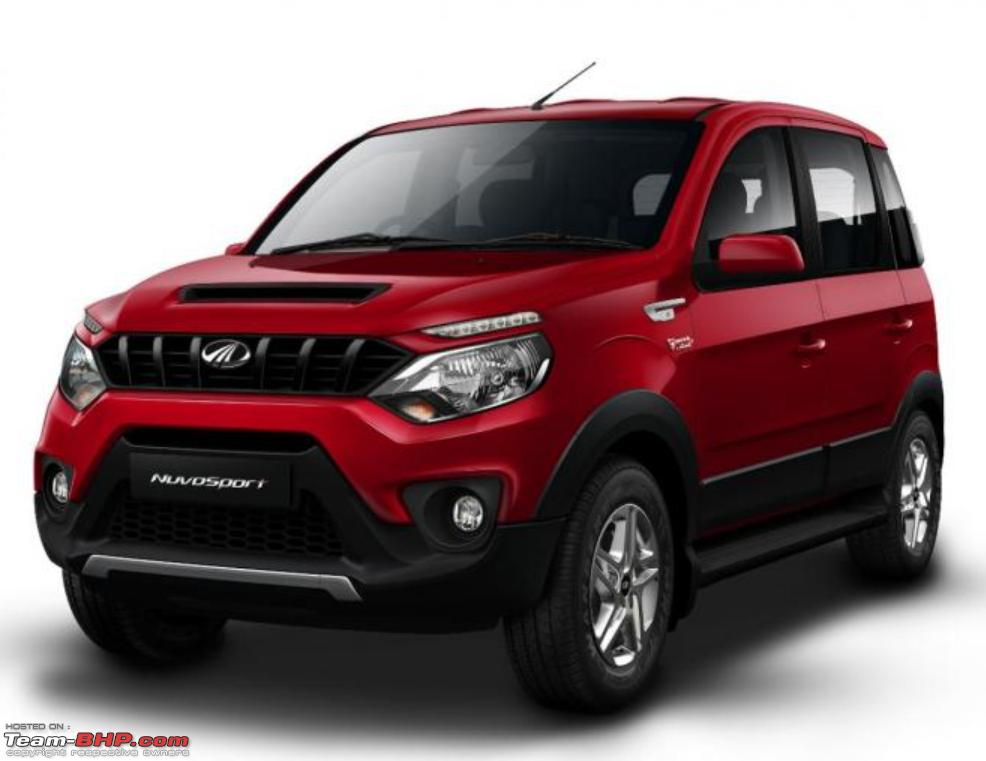
Mahindra faced trouble when they introduced the smaller version of the Xylo, called Quanto. They later redesigned and renamed it Nuvosport, hoping to make it more appealing than Quanto. However, it failed even more, mainly because of its strange appearance and bad driving experience.
Tata Bolt

Tata Motors had high hopes for the Bolt. However, the Bolt didn't capture attention. It was meant to replace the old Indica Vista, but its design resembled the outdated model too much, making it unattractive to buyers. Tata shifted its focus to the Tiago, which became very popular. Consequently, the Bolt didn't do well and gradually faded away.
Mitsubishi Cedia
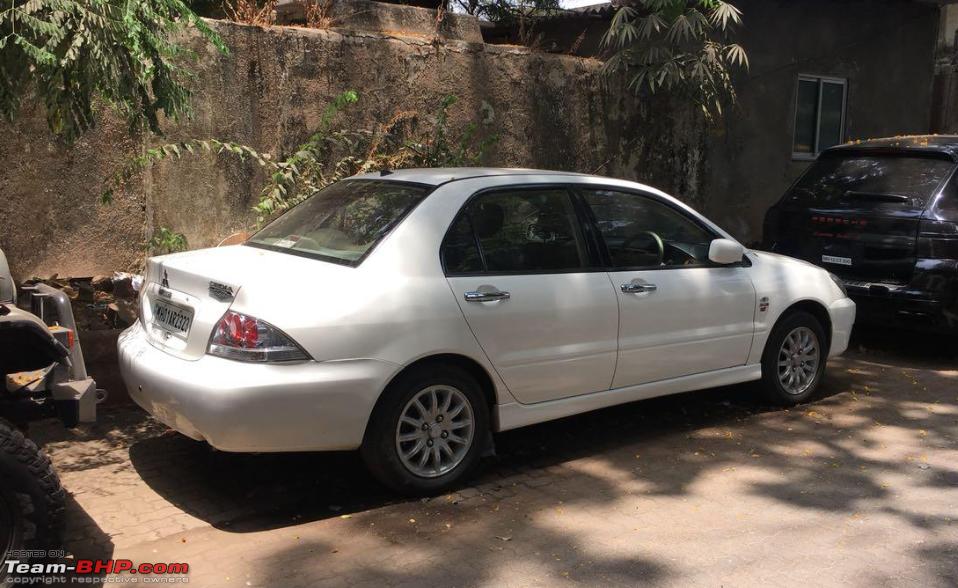
Mitsubishi aimed for more success after the Lancer with the Cedia, a sportier and premium car. However, it didn't become popular, even with enthusiasts. The Cedia faced tough competition from the Honda City, which was liked by both enthusiasts and regular buyers seeking a luxurious car. In India, the Cedia was available with a 2.0-litre 115 bhp petrol engine, but it couldn't make a mark.
Fiat Urban Cross

Fiat wanted to attract Indian buyers with the Avventura, but many people found it hard to open and close the boot. Fiat tried to fix this problem with the Urban Cross by moving the spare wheel from the back to the usual spot in the trunk. However, the Urban Cross didn't do well because Fiat wasn't seen as a reliable brand in India. It came with a 1.4-litre 140 PS turbo-petrol engine and a 1.3-litre 93 PS diesel engine, but it still didn't catch on with customers.
Maruti Suzuki Kizashi
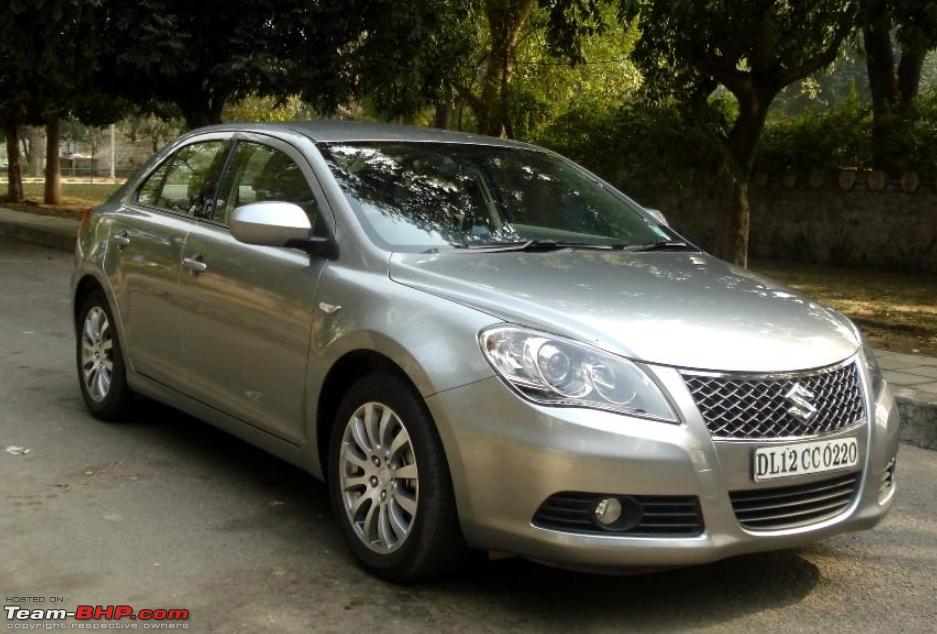
Maruti Suzuki introduced the Kizashi in India through the CBU route. However, its high price and the Indian mindset of not wanting to spend a lot on a Maruti car led to its failure in the Indian market.
Datsun Go+

Datsun faced a slow start with the Go hatchback, contrary to their expectations. To cope, they introduced a more practical 5+2 seater version, the Go+. It had three rows of seats, but the last row was suitable only for children. Powered by the same 1.2-litre 68 PS petrol engine as the Go, it was decent for its size. However, like the Go, the Go+ suffered from issues, mainly the noticeable cost-cutting measures affecting its build quality.
Datsun Go
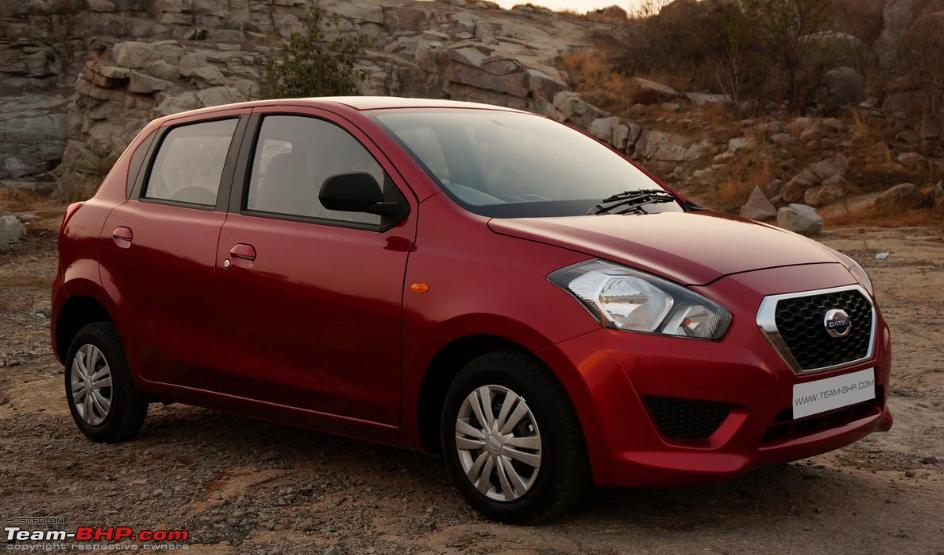
The Go was designed to be an affordable and practical urban car, offering basic features and decent interior space. It came with a small engine suitable for city driving and aims to provide a budget-friendly option for consumers in emerging markets. However, it faced criticism for safety concerns and build quality issues, which affected its popularity in some regions.
Chevrolet Sail U-VA
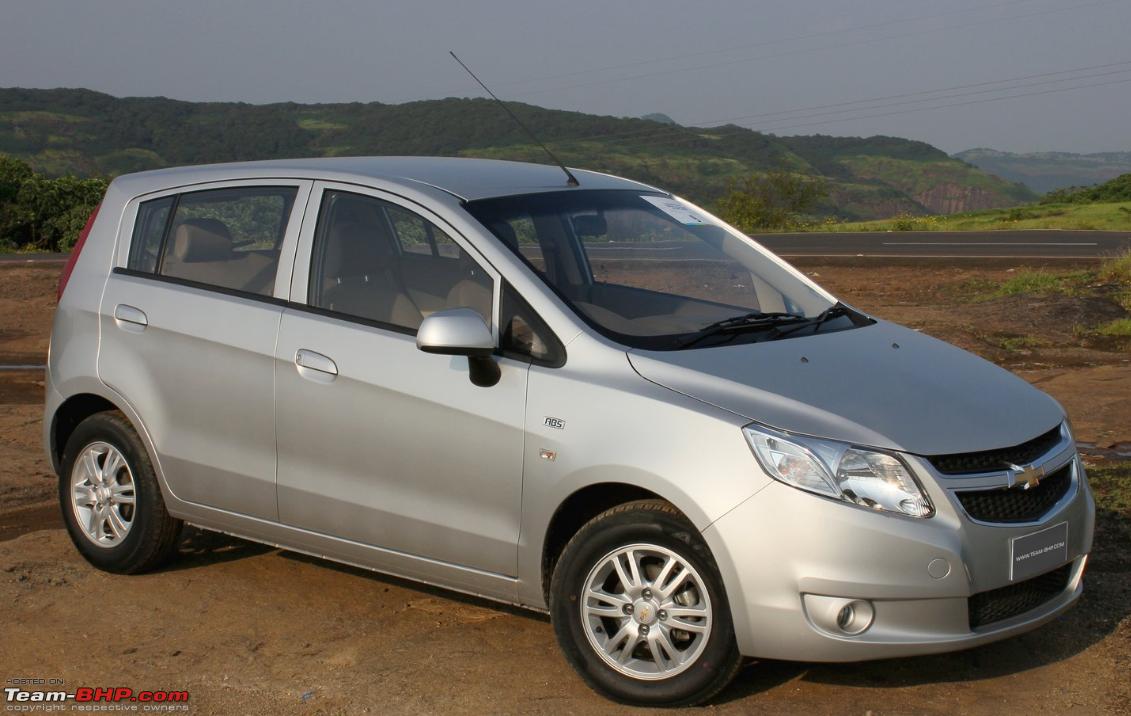
The Chevrolet Sail U-VA failed in the Indian market due to intense competition from well-established brands, a weak brand image, limited marketing efforts, product design and quality issues, reported mechanical problems, and an inability to adapt to changing consumer preferences towards SUVs. These factors combined to hinder its popularity and contributed to its market failure.
Rover Montego

The Rover Montego, part of a joint venture between Rover and the Indian brand Sipani, was a car inspired by the Austin Montego. Sipani, based in Karnataka, introduced this vehicle in India before its closure in 2002. The car featured a 1.9-litre engine producing 81hp and 158Nm torque. Although it was an interesting collaboration, the Rover Montego didn't gain widespread popularity in the Indian market.
Mahindra Verito Vibe

Mahindra's Verito Vibe didn't do well due to its basic design and limited features. It faced tough competition from popular cars like the Hyundai i20 and the Honda Amaze. Mahindra could sell only 619 units in 2015, leading them to stop production in 2016. They realized they needed to work harder to succeed in the sedan and hatchback market.
Peugeot 309

The Peugeot 309, introduced in India by Peugeot and Premier Automobiles Limited, was well-received for its unique design and style. It had a 1.12-liter engine producing 59hp and 87.5Nm torque. However, due to labour and financial issues, the joint venture was discontinued, and the 309 was discontinued just three years after its 1994 launch. Additionally, poor after-sales service and difficulty in finding spare parts in the Indian market contributed to its downfall.
Standard 2000

Standard 2000 was a fancy car made in India a long time ago. It had cool features like electric windows and air conditioning, which were rare back then. The car was powerful, thanks to its big engine, and was seen as a luxury vehicle. However, the company that made it closed in 1988, so the car didn't stay in the market for long. Nowadays, it's super rare to find this car on Indian roads, even though it used to be one of the more affordable luxury cars of its time, costing Rs. 2.2 lakhs.
Maruti Baleno Altura

The Maruti Baleno Altura was one of the few station wagons in India, but people didn't really buy it. Indians didn't seem interested in this type of car, so the Altura didn't sell well. Even though it was roomy and practical, it didn't do well in our market. Interestingly, this was Suzuki's first station wagon in India. It had a lively 1.6-litre petrol engine that could generate 96 bhp of power and 130 NM of torque.
Maruti Suzuki Grand Vitara
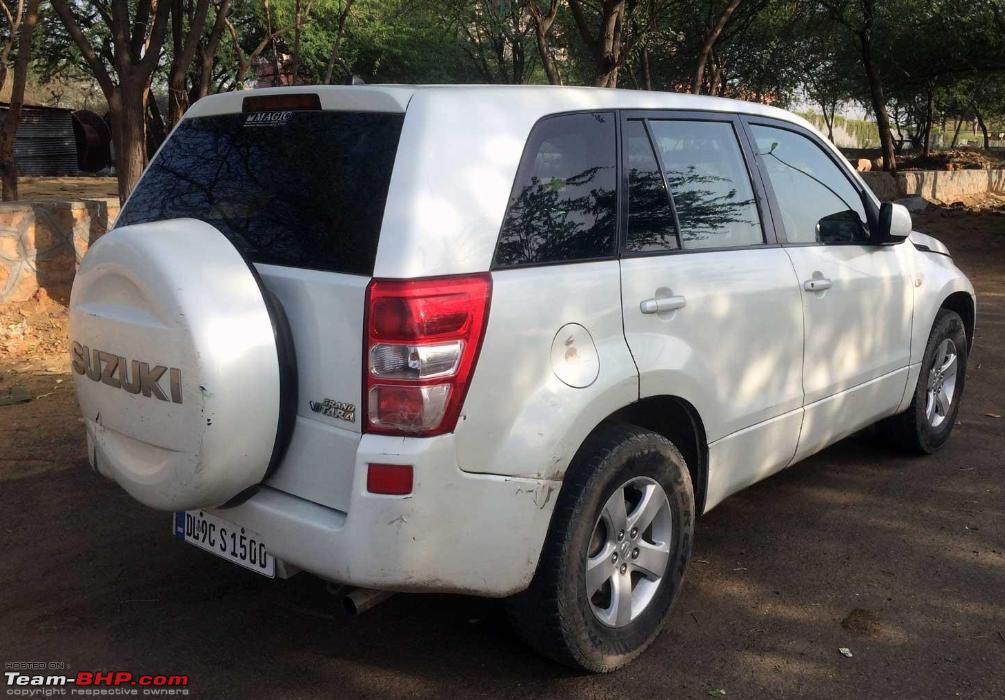
The Maruti Grand Vitara, introduced in India from 2009 to 2015, was Maruti's only full-size SUV. Despite its popularity abroad, it didn't attract Indian buyers searching for a large SUV. The problem was its high price and low fuel efficiency since it was an imported product. These issues didn't match Maruti's usual affordable and fuel-efficient car standards. As a result, it was discontinued in India in 2015.
Chevrolet Forester

In the early 2000s, Chevrolet sold a car called the Forester in India, which was essentially a rebadged Subaru. It had a powerful 2.0-litre petrol engine and Subaru’s special AWD system. Despite cool features like frameless doors, its high price of INR 14 lakh made it too expensive for Indian buyers. Eventually, it was discontinued when GM sold its stake in Fuji Heavy Industries, Subaru’s parent company.
Fiat Palio Adventure
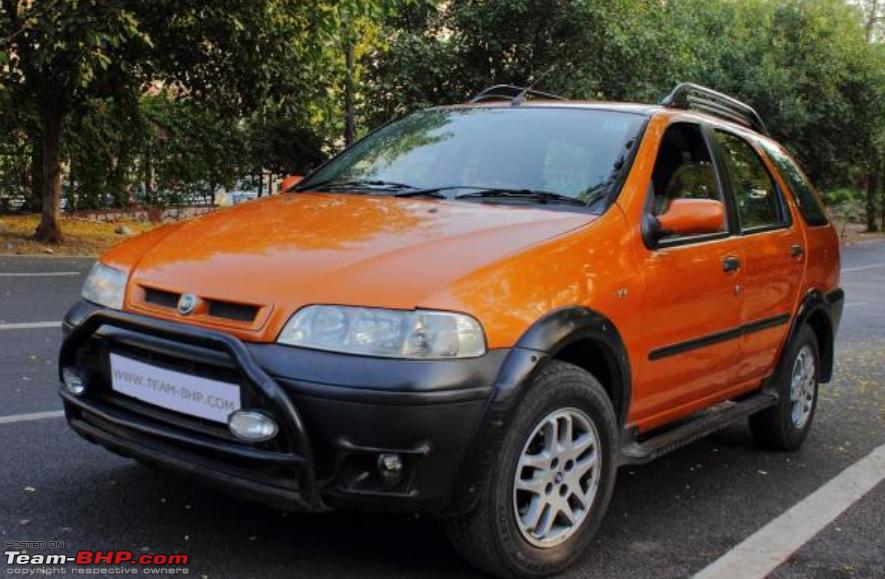
The Fiat Palio Adventure was an estate version of the Palio hatchback, featuring a robust 1600cc 4-cylinder engine with 100 Bhp power and 138 Nm torque. It was sturdy, had a powerful engine, and handled rough roads effectively. Despite these qualities, Fiat was losing popularity when they launched it, so it didn't gain much attention in the market.
Maruti Zen Classic
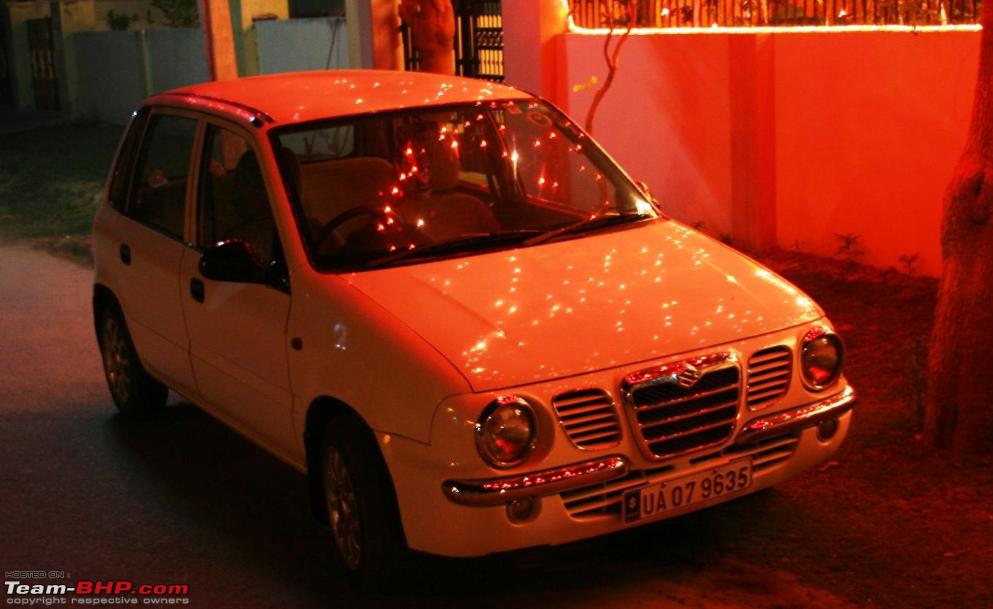
The Maruti Suzuki Zen was a well-known and beloved car in India, but its sibling, the Zen Classic, didn't enjoy the same level of popularity. Its retro design didn't resonate with Indian buyers, and it failed to make a lasting impression in the market.
Tata Aria

The Tata Aria was a crossover SUV introduced by Tata Motors in India. It was designed to be a luxurious and spacious family car, offering features like seven seats and advanced technology. Despite its promising features, the Aria struggled to gain popularity in the market. One of the reasons for its lackluster performance was the stiff competition it faced from other established SUVs and crossovers. Additionally, some customers found its design and pricing less appealing compared to other options available in the market, leading to its limited success in India.
Opel Corsa Swing
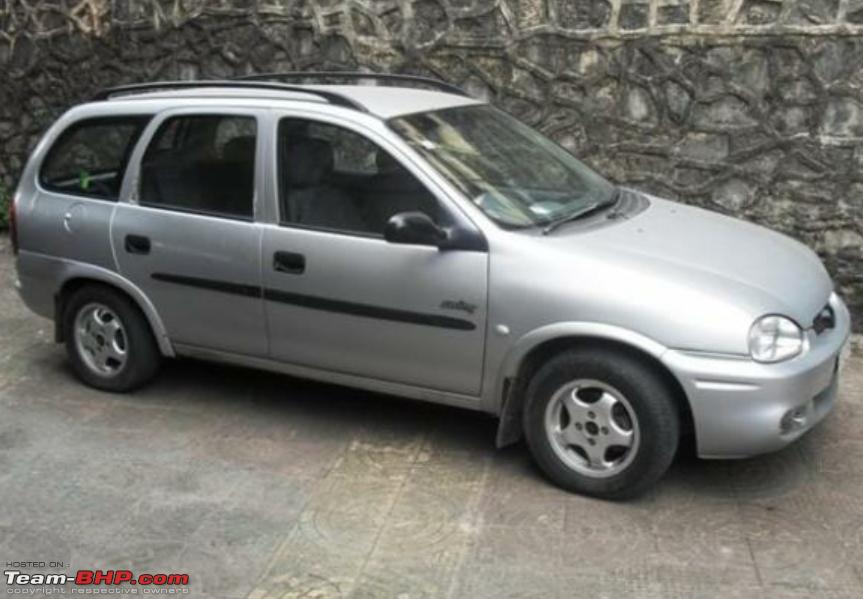
The Opel Corsa Swing, a station wagon introduced between 2003-2007, faced a common trend in India: station wagons never really appealed to the Indian public. Despite their practicality, they failed to capture the market's interest. Even though models like the Tata Estate initially did well, station wagons as a category didn't gain traction. People preferred other car types, leading to the Corsa Swing's limited success during its time in the Indian market.
Ford Mondeo

The Ford Mondeo holds a special place in the hearts of Indian car enthusiasts. When Ford ventured into the luxury segment in 2002, the Mondeo garnered significant attention. However, its high price tag made it unappealing to many potential buyers, impacting its overall success in the Indian market.
San Storm
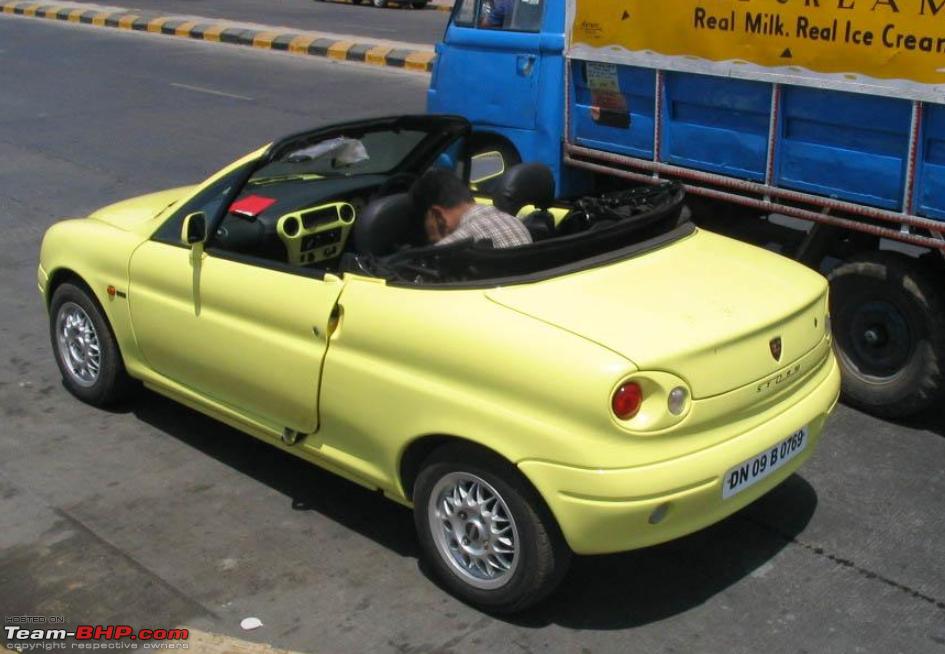
The San Storm, a two-seat roadster by San Motors India, debuted in 1998. Designed by the French firm Le Mans Group, it was powered by an 1149 cc Renault D7F engine. Marketed as an affordable alternative to imported sports cars, it gained attention in India but didn't sell in large numbers. Despite this, it was exported to European markets, primarily the UK, until production ceased in 2013.
Sonalika Rhino

The Sonalika Rhino, a 9-seater SUV-MPV crossover, aimed to capitalize on the success of the popular Qualis. Despite offering a diesel engine and spacious seating, it couldn't compete with established players due to stiff competition and being a new entrant in the market. Eventually, it became less known and forgotten.
Read about more such cars listed out by BHPian MotorDev.



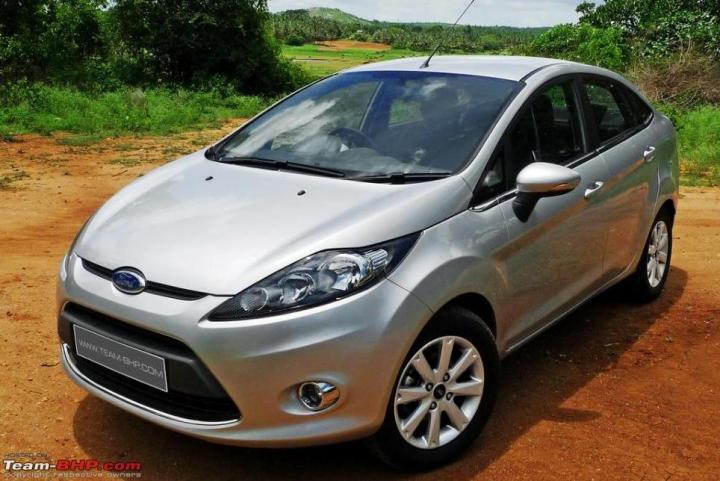
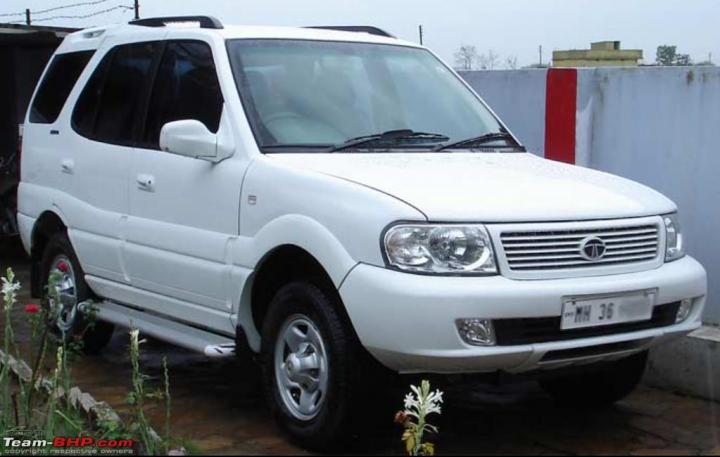

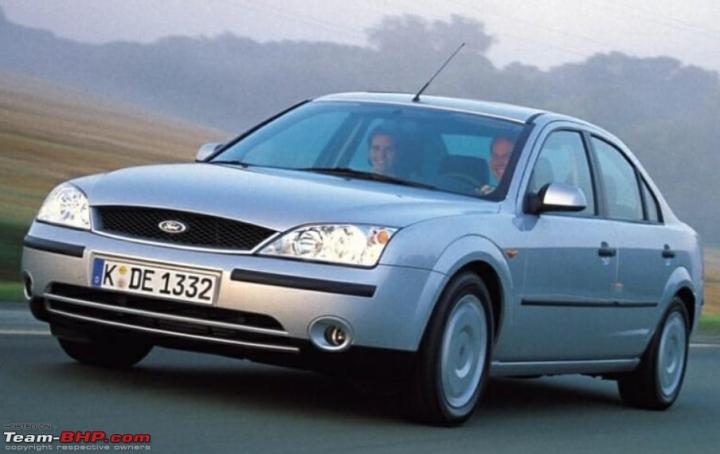











.jpeg)

_7.jpg)





